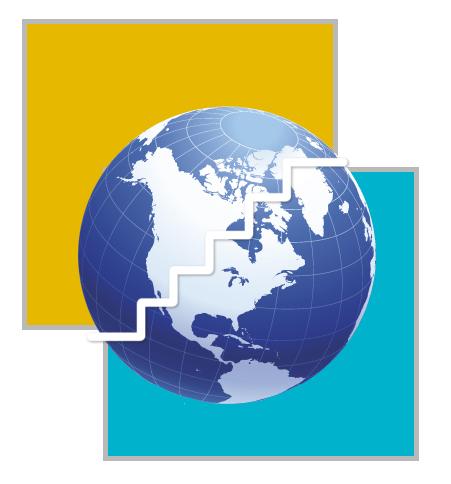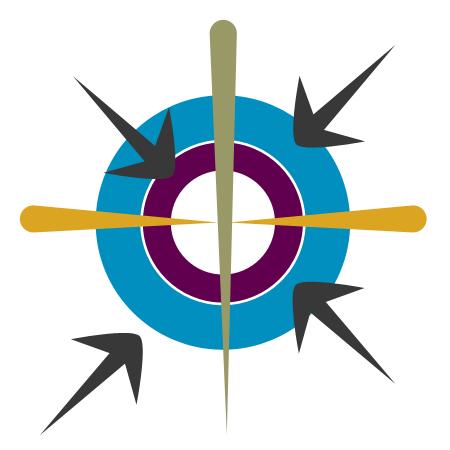MEDIA

In the last decade alone, the Palestinian people have lost almost 5000 lives, close to $40 billion in income opportunity, 20 million square meters of agricultural land, and 100 million man-hours in crossing at Ramallah.
Moreover, almost 1.7 million of the 4 million residents of Gaza and West Bank are refugees.
These are the findings of a new report Cost of Conflict in the Middle East by Strategic Foresight Group, a leading think-tank in Asia. The report was finalised just before the crisis in Gaza in December 2008 and does not take into account costs of the latest phase of the Israeli-Palestinian conflict.
The human costs of conflict for the Palestinian people are extremely significant. Between September 2000 and June 2007, over 4500 Palestinians died including 882 children in clashes, shelling, gunfire, demolitions, closure and other forms of violence. In addition, more than 11,000 Palestinians are in Israeli detention centres. In the course of the decade, 3,000 school children were detained by the Israeli defence forces. More than 1,300 schools could not function due to curfews, sieges and closures, and 40 Palestinian schools have been occupied by the Israeli Defence Forces since 2000.
The Strategic Foresight Group report was supported by the Governments of Norway and Switzerland, AK Party of Turkey and Qatar Foundation, and prepared with input from almost 50 leading scholars from Egypt, Iraq, Israel, Jordan, Kuwait, Lebanon, Palestine Territories, Qatar and Turkey. It is the first time in the last 60 years that a comprehensive assessment of costs of various conflicts in the region has been undertaken using 97 different parameters.
The report estimates opportunity costs of $12 trillion for the last two decades for the region. The precise estimates of opportunity income lost vary from country to county. For instance, the per capita income of the Palestinians will be only $1,200 next year (in 2010), as compared to $2,400 that it would have been had there been peace and cooperation since 1991. The number of people living in deep poverty (those earning below $2 daily income) increased from 420,000 in 1998 to 1 million in 2006.
Israeli settlements in West Bank increased from 137,000 in 1991 to 200,000 in 2007. If settlements in East Jerusalem are also counted, they number almost half a million at present. The growth of settlements is directly related to an increase in closures. Closures were enforced on merely 12 days in 1999, whereas from 2003 to 2005 a range of 150-200 closure days were enforced per year. Check-points are estimated at around 600. Strategic Foresight Group has calculated the time wasted at check-points on the way to Ramallah at around 12 million man hours per year or 100 million man hours since 2000. The report says that 13,000 Palestinians saw their houses being demolished, and 2,000 Palestinians had their identity cards revoked since 2000.
The report says that 20,000 donums (20 million square meters) of the Palestinian agricultural land was destroyed by Israeli actions from 2000 to 2007. The greatest burden was borne by citrus and olive trees which accounted for two third of the trees destroyed.
The Palestinian farmers receive only 140 million cubic meters of water for agriculture, as compared to 1,275 million cubic meters by Israeli farmers, even though agriculture accounts for 25% of GDP and employment for the Palestinians as compared to 6% of GDP and 3.5% of employment for Israel.
The report is not confined to the Israel-Palestinian conflict. It also includes costs related to conflicts in Iraq and Lebanon as well as cold war between Iran and Israel. It points out that Israel, almost all Arab countries and Iran would have all had double their present level of per capita income and Iraq would have had four times its per capita income, had there been peace since 1991. It also provides estimates of expected increase in income and economic as well as non-economic opportunities for all people in the region if there is peace and cooperation. The report does not provide any solutions. However, it presents four scenarios for the region for 2025.





